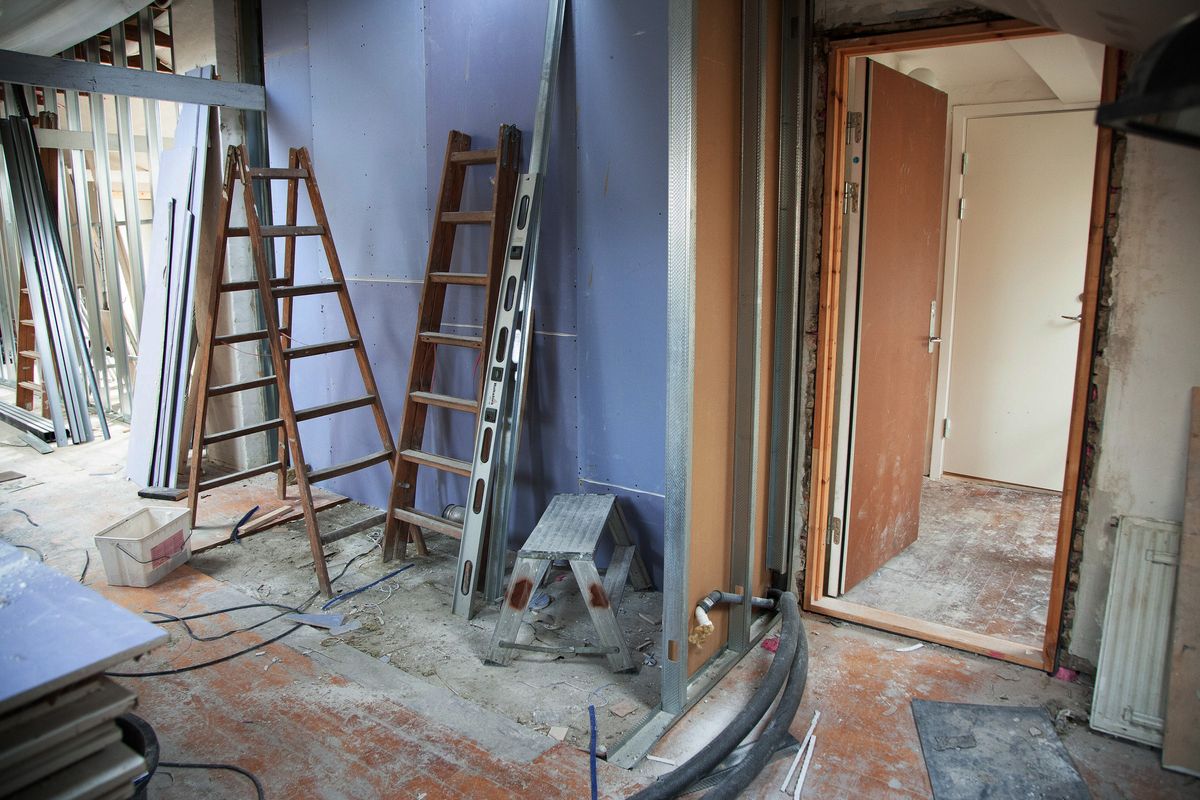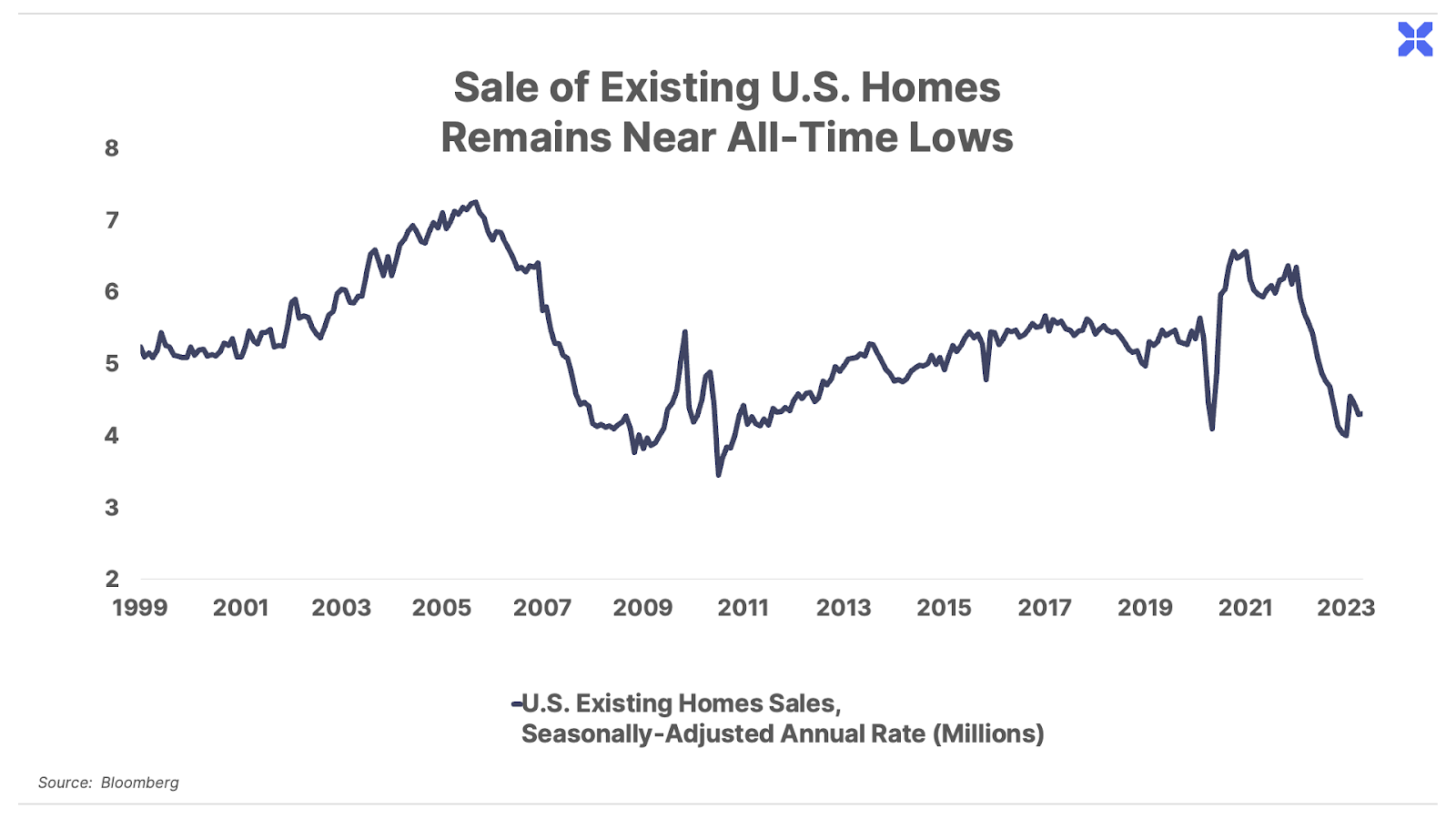The U.S. housing market faces the prospect of a decade-long supply crunch. Today, we’ll introduce our next play on America’s housing shortage, and one of the most capital efficient business models we’ve come across.

A Capital Efficient “Real Estate Bank” for Landlords And Flippers
High Risk, High Reward… And A Sweet Deal for the “Little Guy”
Welcome to Porter & Co.! If you’re new here, thank you for joining us… and we look forward to getting to know you better. You can email your personal concierge, Lance, at this address, with any questions you might have about your subscription… The Big Secret on Wall Street… how to navigate our website… or anything else. You can also email our “Mailbag” address at any time: [email protected].
At the end of this issue, you’ll find our model portfolio, watchlist (which is also here), and Mailbag — as well as a “Best Buys” section, where we’ll briefly cover three portfolio names that we think you should consider buying first.
In addition to hosting The Big Secret on our website, it is also available as a downloadable PDF. Click here to download the full report.
Again… we’re excited that you’re with us…and we’re looking forward to a long and fulfilling relationship.
If you’re not a member and would like to learn more, click here.
No one wanted to be in “Yolanda’s Little Black Book.”
The (alleged) sharp-tongued, sharp-eyed old lady – who called herself “Yolanda Yakketyyak the Real Estate Yenta” – had a passion for spying on celebrity home transactions.
She’d figure out where A-listers lived, what real estate they bought and sold, and exactly how much they paid – details that are usually kept under wraps by high-end brokerage firms.
Then she’d reveal that information on her “Little Black Book” blog, along with acerbic, insider comments on the homes’ interiors, like “Another damn bridal staircase? Pass. And carpet on the stairs? Beige carpet?! Oh Lord, have mercy.”
After starting her blog in 2016, it didn’t take Yolanda long to rack up 300,000 views per month. And she was good: According to the Los Angeles Times, she “wreaked havoc among the city’s elite real estate agents and their wealthy clients.” Fast Company magazine mused that her “canny ability to report deals even before they were closed drove the industry and its clients bonkers.”
The funny thing was, Yolanda Yakketyyak managed to keep her true identity secret. No one knew who she was. Until 2018, that is… when the Los Angeles Times started digging.
The Times noticed that a lot of the deals Yolanda scooped were brokered by a high-end real estate firm called Compass, Inc. That insight led not to a nosy old granny, but to a mid-twenties former Compass finance manager named James McClain.
James, a self-described “expensive real estate nerd,” had gotten addicted to the inside information he’d come across while at Compass, and he launched the “Yolanda” blog as a hobby. He was laid off in April 2018, but, possibly helped by a mole or two at the brokerage, he continued to write “Yolanda’s Black Book” almost daily, until the Los Angeles Times outed him.
With Yolanda’s cover blown – and Compass threatening to sue – James decided it was time to close shop. In a final in-character blog post, Yolanda announced that she was shutting down the “Black Book” to co-found a new media brand: Dirt.com.
Dirt.com is a more sophisticated treat for anyone who enjoyed Yolanda’s bare-bones WordPress website. It’s a TMZ-style celebrity real estate gossip site featuring glossy pictures and a staff of reporters (headed by James McClain, of course). It still stalks, scoops, and borderline slanders… and shows exactly which pricy mansions the stars are trading like kids swap Pokemon cards.
And lately, Dirt.com has been dishing on a growing celebrity real estate trend: house flipping.
It’s similar to what non-celebrity real estate speculators do, just on a larger scale: famous folks buy multimillion-dollar homes, upgrade them to fancier multimillion-dollar homes, and then unload them on other famous folk.
The transactions can take a year or two (like pop singer Joe Jonas’s $14.1 million house, which he bought in 2019 and sold in 2021 for $15.2 million, or singer Ariana Grande’s $6.8 million home in coastal California, which sold two years later for $9.1 million), or, sometimes, mere months (supermodel Sofia Richie’s $17 million-to-$21.8 million Beverly Hills flip took 10 months). But the transformations all have a few things in common: they’re big, they’re lavish, and they’re happening more and more frequently.
Why are all the beautiful people suddenly channeling “Property Brothers”? Yolanda suggested an answer in a June 2016 “Black Book” post:
“Nobody shopping in this price range is ever content to leave things as they are, duh.”
The flipping craze is also a result of the shortage of available homes for sale in LA, which currently has just 2.2 months’ worth of inventory available for sale (realtors consider 6 months of inventory to be a balanced market). This inventory shortage is keeping home prices elevated and contributing to fast profits for investors. “From an investment standpoint, Los Angeles usually appreciates the quickest. If you buy correctly, you can gain equity or make a profit by holding a property for just a few years,” says Carl Gambino, a real estate agent at none other than Compass, Inc.
But, more broadly – and not just in Hollywood – house flipping is big business right now. And it’s a big part of the unique real estate opportunity we’re presenting in this issue…
Our Next Play on America’s Housing Shortage
As we’ve written previously, the U.S. housing market is suffering from a severe supply shortage that could last through the next decade.
Scarred by the 2008 housing crash, many homebuilders cut back on new construction. From 2012 – 2022, U.S. builders completed only 11.9 million new homes, compared with 15.6 million household formations, resulting in a record 6.5 million gap between household formation and single family homes as of year-end 2022. A decade of underbuilding means homebuilders will be scrambling to make up today’s supply shortage for years to come.
What’s more, a surge of stimulus-happy home buyers during COVID-19, and the Federal Reserve’s rate-hiking campaign, have turned a shortage into a famine.
With mortgage rates now hovering around 7%, homeowners who locked in a 3% mortgage a few years ago aren’t selling. That means that what is historically the biggest source of home supply – existing home sales – has dipped to near-record lows.

Normally, housing is one of the most interest-rate sensitive sectors of the economy. When mortgage rates rise and push borrowing costs up, home buying slows, dragging down prices and building activity. In today’s environment, though, even as demand for homes is slowing, supply is falling even faster as existing homeowners refuse to part with their homes (and rock-bottom mortgage rates). So today, shares of homebuilding companies are approaching new all-time highs… despite the fastest pace of rate hikes in 40 years.
On April 28, we recommended a “land light” home builder that uses The Magic of Other People’s Money to finance its rapid growth trajectory, while delivering world-class returns on equity. Shares are already up more than 50% since our recommendation, and we believe the best is yet to come as we navigate a potential decade-long American housing shortage.
In this issue, we’ll feature another capital efficient real-estate business that’s in the early days of a rapid growth phase (and largely ignored by Wall Street… so far). We’ll explain how this business could expand from its current size of around $100 million into a multi-billion dollar enterprise in the coming years, while requiring minimal capital investment, and delivering a windfall for investors along the way.
This content is only available for paid members.
If you are interested in joining Porter & Co. either click the button below now or call our Customer Care team at 888-610-8895.